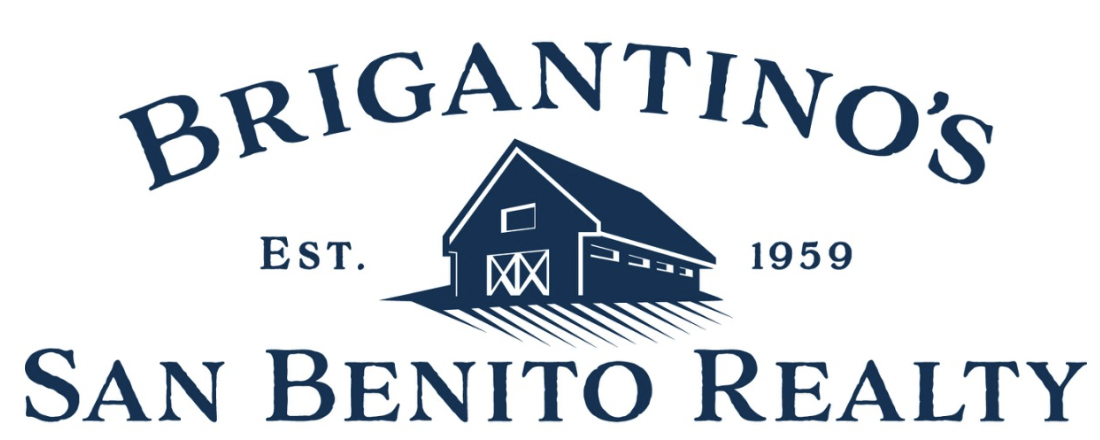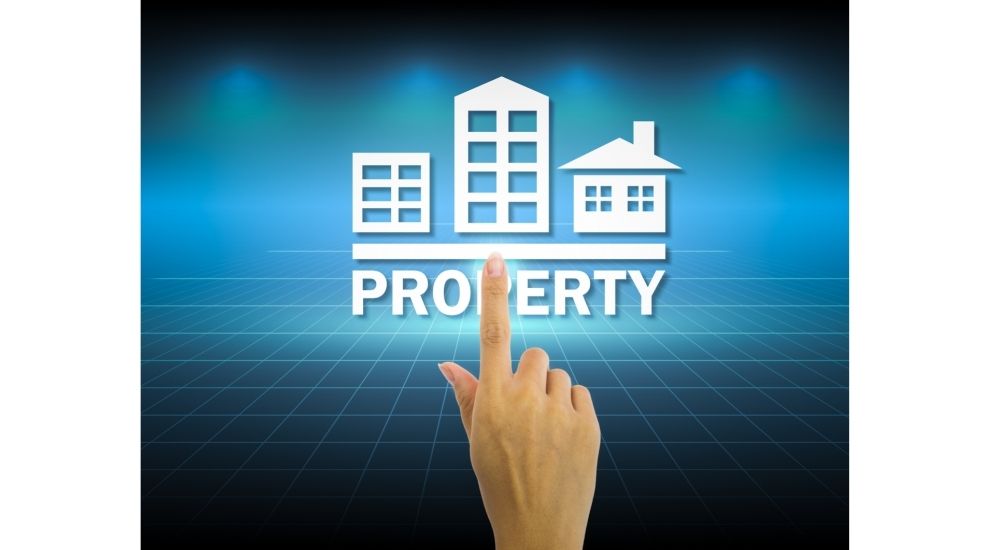>>> DOWNLOAD THE PDF TRANSCRIPT
On September 16, 2021 new legislation was signed with the intention to expand housing production in California, streamline the process for cities to zone for multi-family housing, and increase residential density – all in an effort to help ease California’s housing shortage.
Two of the housing bills include California Senate Bill (SB) 9, and SB 10. These took effect on January 1, 2022. But what exactly do they mean? And how do they affect you? Let’s take a look.
SB 9
This bill streamlines the process for an owner to subdivide an existing single-family residential lot to create a duplex and/or allow for new infill construction. Basically, SB 9 allows housing development projects of no more than two dwelling units on a single-family zoned parcel to be permitted on a ministerial basis if the project satisfies the SB 9 requirements.
In order for a project to qualify under SB 9 the project must be located within a city, the boundaries of which must include some portion of either urbanized area or urban cluster (as designated by the United States Census Bureau) or, or unincorporated areas, the parcel must be wholly within the boundaries of an urbanized area of urban cluster.
The project can not require demolition or alteration of the following types of housing:
- Housing that is subject to a recorded covenant, ordinance, or law that restricts rents to affordable levels.
- Housing subject to rent control.
- Housing that has been tenant-occupied in the last three (3) years with no distinction drawn between the market rate and affordable housing.
Other stipulations include:
- The project may not have been withdrawn from the rental market under the Ellis Act within the past fifteen (15) years.
- The proposal may not demolish more than twenty-five percent (25%) of existing exterior structure wall, unless expressly permitted by a local ordinance or the project has not been tenant occupied within the last three years.
- The proposed project may not be located within a historic district or property included on the State Historic Resources Inventory or within a site that is designated as a city or country landmark or historic property pursuant to local ordinance.
When it comes to SB 9 there are quite a few other rules and stipulations. But projects that meet SB 9 requirements must be approved by a local agency ministerially and not subject to California Environmental Quality Act (CEQA).
SB 9 is changing the rules regarding the life of subdivision maps by extending the additional expiration limit for a tentative map that may be provided by local ordinance, from 12 months to 24 months.
Read the full bill here.
SB 10
This bill establishes enabling legislation where jurisdictions can choose to opt-in or not, yes there are safeguards for historic resources once adopted. SB 10 weakens existing protections for historic places as it allows communities to bypass CEQA review for a critical stage in the redevelopment process. It will undoubtedly directly result in the demolition and loss of historic resources.
SB 10 also creates a voluntary process for local governments to pass ordinances prior to January 1, 2029 to zone any parcel for up to ten (10) residential units if located in transit rich areas and urban infill sites. This gives cities, including charter cities, an increased ability to upzone property for housing without the processing delays and litigation risks associated with CEQA. This provides cities, including charter cities, an increased ability to upzone property for housing without the processing delays and litigation risks associated with CEQA.
SB 10 doesn’t apply to parcels located within a high or very high fire hazard severity zone, as determined by the Department of Forestry and Fire Protection. But this restriction does not apply to sites that have adopted fire hazard mitigation measures pursuant to existing building standards or state fire mitigation measures applicable to the development.
Read the full bill here.
What Does SB 9 & SB 10 Mean For Home Ownership?
When it comes to SB 9, the obvious benefit goes to the property owner. Aside from committing to live in one of the residences for 3 years (as stipulated by the legislation), they will also generate income from renting the additional space(s).
The community will benefit by having multiple households on land that previously had one. The opportunity to purchase one of these residences can provide the path to homeownership that has become increasingly out of reach for many.
When it comes to SB 10, the community benefits the most. Sb 10 allows more Californias, including communities or color, to access high-opportunity housing and will help alleviate traffic congestion and pollution.

How Can We Help?
Becoming a home-owner is complicated enough. With these two new bills in place it’s easy to feel overwhelmed in your decision making process.
We’re here to help you make the best decision for your current needs. If you’re ready to settle into the Northern California area or the Central Coast, or if there’s a home you’ve had your eyes on, there’s no better partner for your home buying journey than an experienced local real estate agent.

